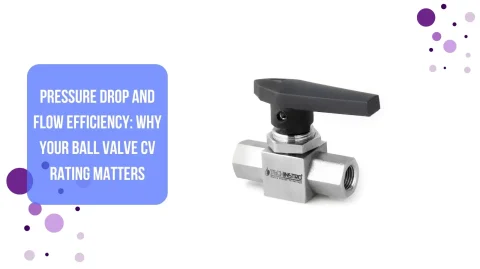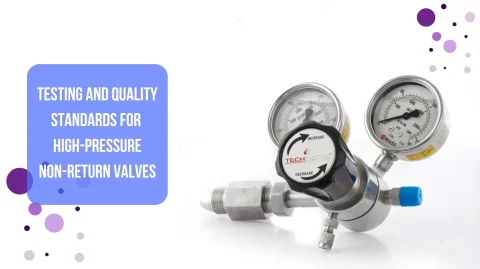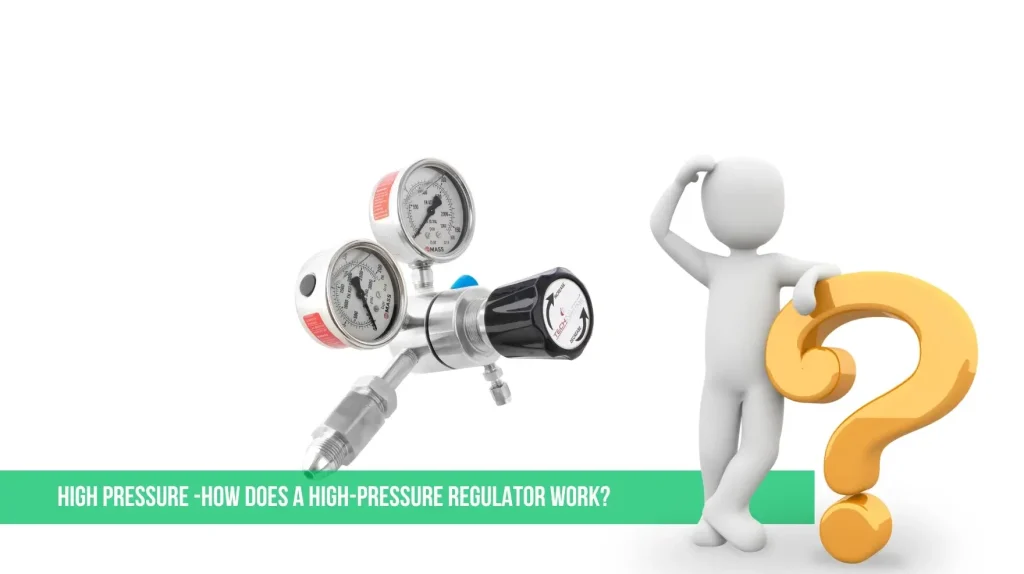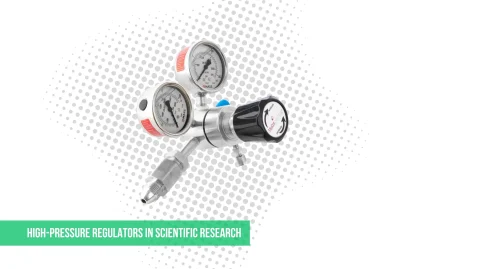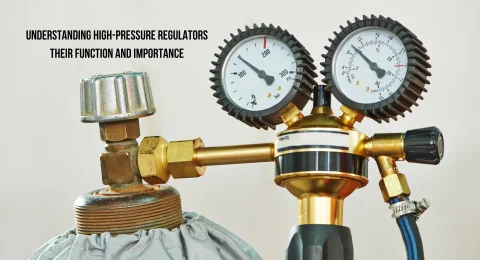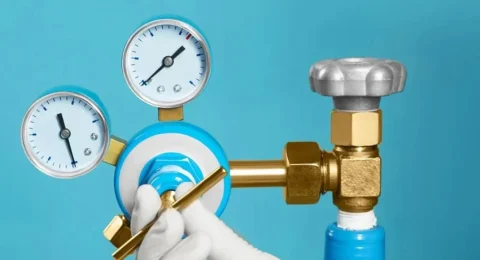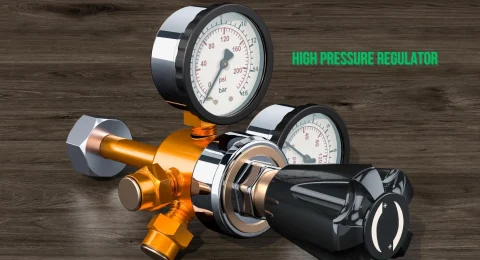A high-pressure regulator is an essential component in many industrial, laboratory, and process control systems. Its primary function is to reduce pressure from a high-pressure gas or liquid source to a stable, usable level for downstream equipment or operations. Here’s a simple breakdown of how it works in such applications.
Key Components of a High-Pressure Regulator
Inlet Port – Connects to high-pressure sources, such as gas cylinders or pipelines.
Diaphragm or Piston – Senses pressure changes and helps regulate flow.
Adjustment Spring – Applies force to adjust and control outlet pressure.
Valve Seat – Regulates the opening and closing of gas or fluid flow.
Outlet Port – Delivers reduced, controlled pressure to the system.
Working Principle: Step-by-Step
Entry of High-Pressure Fluid
Pressurized gas or fluid enters through the inlet.
A closed valve initially blocks the pressure.
Pressure Setting
Adjusting the regulator knob tightens the spring.
This pushes the diaphragm, which opens the valve to allow flow.
Pressure Reduction
As the fluid passes through the valve seat, its pressure drops.
The diaphragm monitors outlet pressure and adjusts the valve as needed:
If pressure rises too high, the valve closes slightly.
If pressure drops, the valve opens more.
Stable Output
The system continuously balances pressure to maintain a steady output—even as the supply pressure fluctuates.
Types of Regulators
Single-Stage: Reduces pressure in a single step, making it suitable for general industrial use.
Dual-Stage: Offers more precise control, ideal for lab use or sensitive applications.
Common Applications of High-Pressure Regulator
- Welding and Metal Cutting Systems
- Gas Chromatography and Analytical Equipment
- Laboratory and R&D Setups
- Chemical and Petrochemical Processing
- Compressed Gas Systems in Manufacturing
- Breathing Equipment (e.g., SCUBA, medical use)
Conclusion
High-pressure regulators are crucial for ensuring safe and efficient operation in systems that handle pressurized gases or fluids. By maintaining a stable output pressure regardless of input variations, they protect equipment and ensure smooth process flow in industrial and scientific applications.
